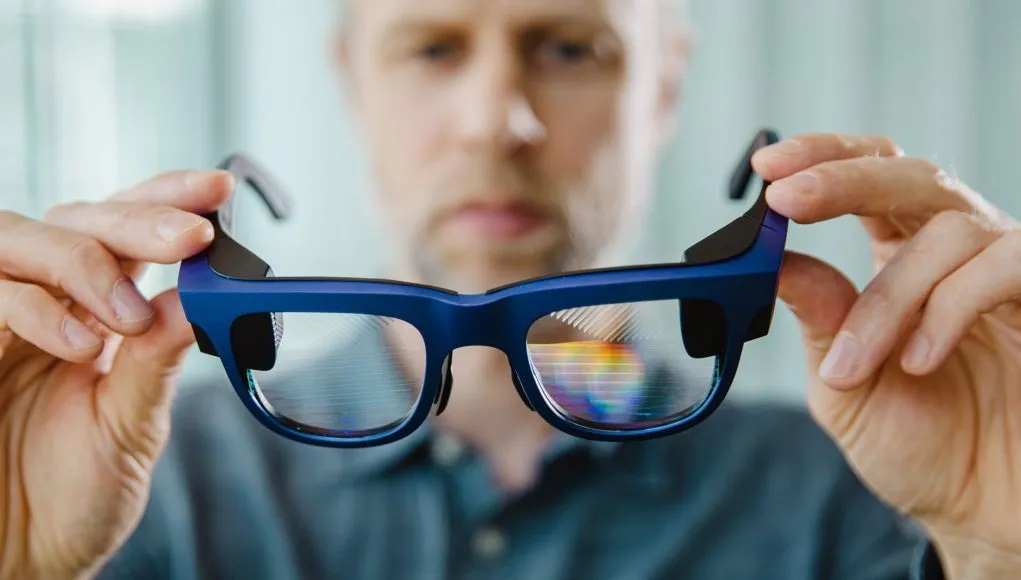Schott & Lumus Poised to Deliver Wide Field-of-View AR in Next Generation Ray-Ban Displays

Schott, a specialty glass optics manufacturer, in partnership with Lumus, claims to have developed geometric reflective waveguides at scale. These waveguides are believed to be the ones used in Meta’s Ray-Ban Display glasses, and the companies say they are ready for delivering **wider field-of-view (FoV)** AR glasses in the future.
Quick Insight: Current Ray-Ban Display FoV is ~20°. Schott and Lumus report that their waveguide tech can support significantly wider FoVs, while maintaining good light efficiency and mass manufacturability—key constraints in making AR glasses wearable and useful.
1. What Are Waveguides & the Tech Behind Them
• Waveguides are optical components that guide light from a small display into your eyes via transparent optics, allowing see-through augmented reality.
• Schott uses a type called *geometric reflective waveguides*, designed with reflections that efficiently deliver images while minimizing light loss.
• Their partner Lumus had demonstrated wider FoV optics previously, like *“Lumus Maximus”*, showing that the tech is beyond prototype stage.
2. Current Limitations & Where It Stands
• Ray-Ban Display glasses today deliver about **20° FoV** — not very wide for immersive AR.
• For wider FoVs, you need brighter displays, higher resolution, and more efficient optics. As FoV increases, brightness per unit area drops unless display power/resolution is also improved.
• Also, physical constraints like power, battery size, weight, and heat still limit how far wearable AR glass tech can go. Schott claims its manufacturing is now scalable, which has long been a bottleneck.
3. What's Next & Why This Matters
• If these wider FoV waveguides become practical, AR glasses will move from niche / style accessory status toward more immersive, utility-driven devices.
• Better FoV means more natural visuals — less tunnel-vision, more useful overlays, better spatial mapping.
• For consumers, it improves experience; for developers, it allows designing richer AR apps (navigation, sports, education, etc.).
• Competitive landscape: companies that master waveguide efficiency and scale may lead the next generation of AR hardware.
Final Thoughts
Schott & Lumus’ work signals that key optical challenges in AR are being addressed: Light efficiency, manageable field-of-view, and mass production. While we’re not at full immersive AR yet, this is a strong indicator that more advanced, wider-view AR glasses may be coming sooner than many expect, assuming the other pieces (battery, displays, heat, weight) also align.
